Five Things Painting Taught Me About Writing
By Guest | September 6, 2015 |
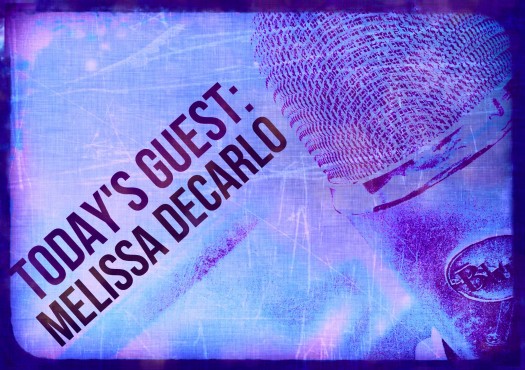 Melissa DeCarlo has worked as an artist, graphic designer, grant writer, and at one time (that time being when computers were the size of a refrigerator) a computer programmer. Born and raised in Oklahoma, she now lives in East Texas with her husband and a motley crew of rescue animals. Her first novel The Art of Crash Landing releases this week.
Melissa DeCarlo has worked as an artist, graphic designer, grant writer, and at one time (that time being when computers were the size of a refrigerator) a computer programmer. Born and raised in Oklahoma, she now lives in East Texas with her husband and a motley crew of rescue animals. Her first novel The Art of Crash Landing releases this week.
There was a time in my life when I became discouraged with writing, and so I stopped writing and turned to visual art. For seven years, painting and sculpting were my creative outlet. Eventually, I found my way back to writing and rarely make visual art anymore, but that time spent trying to communicate with paint and clay was an important part of my life.
Connect with Melissa on Facebook and Twitter.
Five Things Painting Taught Me About Writing
[pullquote]“To practice any art, no matter how well or badly, is a way to make your soul grow. So do it.” — Kurt Vonnegut.[/pullquote]
Like everyone else, I’m a lot things: a writer, a spouse, a parent, a pet owner, an amateur artist, a reluctant doer of laundry and an enthusiastic eater of donuts. When faced with a stubborn piece of writing, I search through my collection of life-experiences for something to help me make sense of the world or at least the work before me. I don’t know that I’ve learned much from the laundry-doing or donut-eating, but there are a few things I learned from making visual art that have served me well as a writer.
Here are five things of those things.
“Indiscriminate pursuit of perfection infallibly leads to mediocrity.” — Henry Fuseli
In art classes we were encouraged to keep things loose for as long as possible, to resist the urge to perfect one area before moving to the next. There’s just nothing quite like spending hours capturing every detail on an ear only to step back from the easel and realize it should have been placed a half-inch lower. Sure, I tackle a novel one chunk at a time, but I’m learning not to tighten up too early. With my last book I spent too long perfecting scenes that didn’t make it into the final manuscript. I’ll never forget a man I once met at a writer’s conference. He was excited about his novel’s perfect first chapter. At some point in our conversation it became clear that although he’d been working on it for five years, all he had was the first chapter. Remembering that guy still gives me chills. You know those scenes I had to cut from my novel? One was my first chapter.
“Swing a bigger brush – you don’t know what you’re missing.” — Charles Hawthorne
I can’t tell you how many times I solved a problem I was having on a painting by switching to a different-sized brush, and yet when my agent suggested my novel was “too small” it took me longer than it should have to solve the problem. A big canvas calls for a big brush; my book needed higher stakes. For instance, a short story might be about a boy teaching his brother to ride a bike, but in a novel dusk is falling, and the boys are new to neighborhood and haven’t yet made any friends, and their mother is always late getting home from the second job she took when her husband died, and wait…what is that weird light coming from the neighbor’s window? Not that there aren’t exceptions in writing and in painting (Seurat anyone?) but generally if you’re working on a large canvas, swing a big brush.
“The job of the artist is always to deepen the mystery.” — Francis Bacon
Sometimes it’s what’s been left out of a painting or a piece of writing that makes it interesting. What we don’t tell our readers will take on a shape of its own and build tension in the work. I’m not suggesting we deliberately confuse anyone, but we should be careful to leave space in the narrative. Be a tease. It’s the unanswered questions that keep a reader turning pages.
“I have always tried to hide my efforts and wished my works to have the light joyousness of springtime which never lets anyone suspect the labors it has cost.” — Henri Matisse
The word sprezzatura was originally used to describe the effortless grace of the aristocracy, but I first came across it in reference to artists. Nonchalant mastery is the definition, and who doesn’t want that? Reading a beautifully written novel always leaves me feeling both admiration and despair. It’s discouraging when someone seems to effortlessly accomplish a task I find so freakin’ hard. Yet the word mastery is half of that definition, and that gives me hope. Maybe my favorite authors haven’t actually been bestowed with gifts unavailable to me. Maybe they’ve just been quietly mastering the skills needed to make it look easy.
“Those who do not want to imitate anything, produce nothing.” — Salvador Dali
Copying the masters is a time-honored tradition in painting. Why, I wonder, is it so rarely encouraged for writers? I once had to try to exactly copy a Lucian Freud for an oil-painting class. This didn’t unduly influence the style of my subsequent work, but learning how to mix and use such varied skin tones improved every portrait I attempted afterwards. I’m not advocating plagiarism, but I do think that a purposeful study of other writers’ work
is useful. I know a lot of writers won’t read other books while they’re writing because they fear their own work will be influenced. I say, “Influence away!” 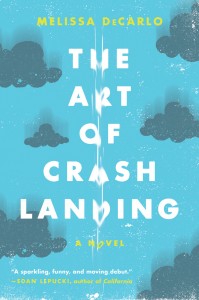 Most mornings I read a dozen pages of some beloved novel, one with style, with sprezzatura if you will, in hopes that a few minutes spent immersed in
Most mornings I read a dozen pages of some beloved novel, one with style, with sprezzatura if you will, in hopes that a few minutes spent immersed in
mastery will lend just a little grace to my day’s work. At the very least this habit helps to remind me why I’m sitting at my desk in the first place.
What life experiences or non-writing creative endeavors help you when you’re faced with a difficult writing challenge or help you make sense of the work in front of you?


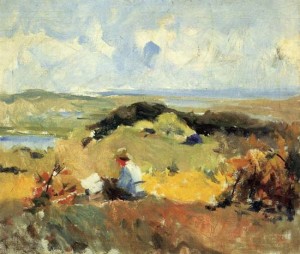
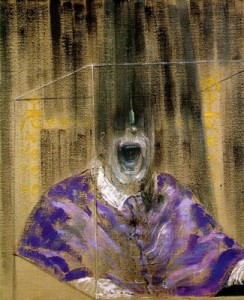
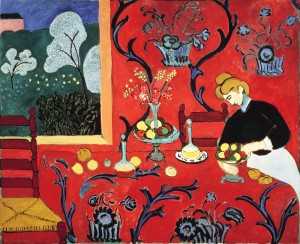
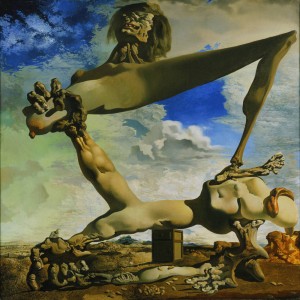
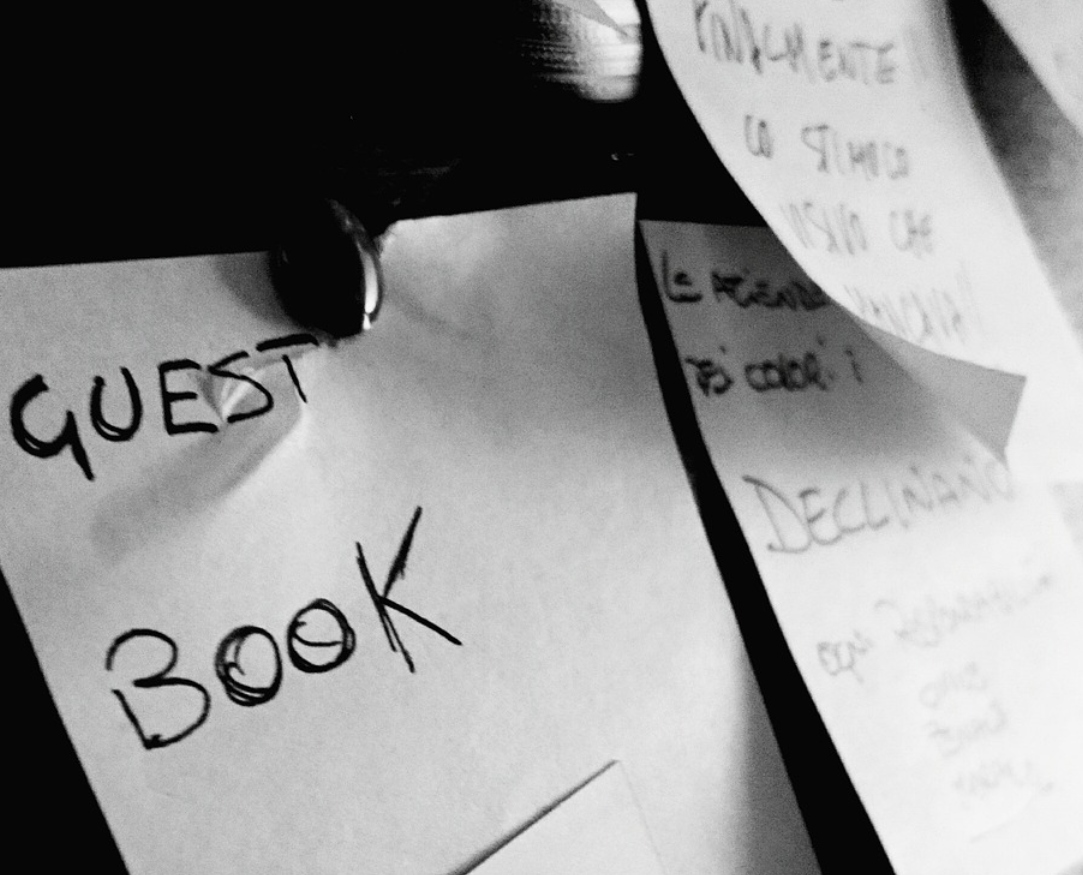








Beautiful post this morning, Melissa. I was a Fine Arts major in college and one of our assignments was to find a painting by a Master in the Phila Art Museum and copy it. I remember thinking “Wha?”, then realizing the power of training my eye to see space and light the way Millet saw it. It re-wired something in my brain. As a writer, I’m learning to read those books you mentioned (written with sprezzatura) this way. And I love what you say about painting with a bigger brush. It applies to so many things! Thank you.
Thanks for the kind words and the comment. I love the “rewiring” your brain thing–I totally get that! If I had do-overs I would love to major in Fine Arts (or English for that matter) rather than being so focused on assured employment. I ended up with a BS in Computer Science of all things. Ha!
Funny you say that. I often wished I’d focused more on the money-making end of things (and I could use some computer chops about now!) But I think the choices we make usually end up being the right ones in some ‘bigger picture’ we just can’t see yet. I hope so, anyway.
I cannot read WHILE I’m writing; if I need to read something, I reach for an old favorite.
But everything I’ve EVER read – and that is an amazing amount – is still in there, jostling for position, giving me examples of how someone I admire did something I need to do.
Getting very close to the end of the first novel I will publish is forcing me back onto my own devices over and over as I invent the things for which I have no model. It is claustrophobic and ecstatic all at the same time: this part is me, this is what I may add to the canon, this is why I haven’t been able to find the book I wanted to read.
I also have reached for the lessons learned in programming (CRAYs in my case on an early version of the internet – the computers were at Lawrence Livermore Labs, the programmer at Princeton) because, in programming, close is no good at all: it must be RIGHT.
And the most exhilarating part was always the debugging.
Another programmer! I trained in all the languages of the 80s (Basic, Fortran COBAL, etc…) but ended up working in the IT dept. of a VA Hospital…I can’t remember the programming language they used. It was much too long ago-LOL.
And best of luck with your almost-completed novel. It truly is so gratifying to write the book you’ve been wanting to read!
m
Thanks for this wonderfully rich post, Melissa. I’m always intrigued by the psychology of creativity, and these parallels between its different forms light up new aspects. Love the illustrations you chose too! A must-share on the Fuze Publishing FB page.
Thank you, Molly! I agree that creativity in all its forms is a mysterious force. Thanks for sharing!
Lovely post, Melissa. I like how you begin your writing session with inspired reading. When I need the inspiration of beautiful writing, I reach for a book by Frances Mayes or Barbara Kingsolver.
Thanks–and I too love Barbara Kingsolver, but the only Frances Mayes book I’ve read is Tuscan Sun. Now I want to read more of her work! Thanks!
I read A Year in the World (Mayes) recently and it made me want to bask in the beauty of everything (and make some fancy foreign pastries!).
Hi Melissa, I loved this creative reminder to step back and look at my WIP from a different perspective. Thanks!
Thanks for reading and commenting! I’m always needing reminding of that–probably why I wrote it (now I just need to take my own advice. Ha!)
Thanks Melissa. The quotes from artists truly can apply to writing or any creative endeavor. Inspiration comes in many forms and acts as fuel for the process of getting words on the page. I love to fill my mind with beautiful images when doing a minor decorating project in my home. I love to fill my mind with amazing writing when sitting down to work.
Exactly! Sounds like we’re both hoping for some creative osmosis!
Going through my tool-box today looking for a bigger brush. Some great ideas here.
Thanks! Some days I can’t even find my tool-box, so it sounds like you’re ahead of the game on this Sunday afternoon. LOL!! Happy writing! :)
Melissa, this post was so helpful, I’ve copied parts of it to reread later.
I would add one lesson that painting has taught me: The middle is usually a mess. But don’t give up, keep working on it. Those vague outlines and splotchy daubs of background paint are laying the foundation of what could be a magnificent work, once the details and secondary colors are applied. Don’t let discouragement in the middle portion of the work make you quit. It all looks ugly in the middle.
Absolutely! That’s a good one. I hope whoever reads this post keeps reading until they reach your comment. All my work (painted or written) goes through an embarrassingly stage (often protracted) before emerging on the other side as something worthwhile. Giving up in the middle is always such a temptation, but generally a big mistake. Thanks for reminding me of that!!
Thoughtful post with great points that help me with both painting and writing. When I’m writing, I think “Oh, wouldn’t it be wonderful to be a children’s book illustrator,” and I get out my watercolors and remember how hard it actually is. And I go back to writing because it’s enjoyably easier only because of the amount of hours I’ve put into the craft. Which I know is true for painting also, but it’s hard to find that many hours for both!
Me too–I tend to only do one or the other. Although I enjoyed visual art, I missed the ability to really tell a story. I think some artists really can do that with paint, but it never felt like I was really able to.
Yes, that’s the difference for me too. There’s something about a story…
Melissa,
What a refreshing post, and I’ve always been an advocate of using as many of the fine arts in combination with writing as I can. I grew up sketching and painting, studied architecture, and always had a certain eye for design. I also learned to read music at an early age and played a variety of instruments (although I’ve since wandered from them). I sing. These help in the rhythm and pacing of my writing. I act. As a matter of fact, I’m working on a post that deals with acting to help in character development.
And copy away! I just published a post here on Friday about voice. One of the exercises I mention — for precisely the reason you stated — is copying famous authors to whom you’ve been compared to help find your own voice, to help smooth out the rough edges.
Loved this! Sharing. Thanks.
Thanks and wow! You’ve got all the arts covered–awesome! Your post on acting to help with character development sounds like it will be very helpful. I’ve done some community theater and I do think that helps me with dialogue. I always read dialogue aloud (not necessarily first draft, but later) to make sure it’s as snappy and specific to that character as I can make it. I hadn’t exactly thought about that in terms of character development though–now I’m really looking forward to your post!
Thanks for the kind comment and the share!
So many gems here, Melissa. The one that haunts me the most, though, is the guy at the conference who spent five years on his first chapter. That aso breaks my heart. I don’t want to be that guy, but I can completely understand how one becomes him. The ‘bigger brush’ also resonates with me. I find that I almost always start by writing with smaller brushes, then as the story develops, I begin to notice the “weird light coming from the neighbor’s window.” What a great way to present it to help those of us new to writing fiction understand that it’s all part of the process. Thank you!
Yes, fear the “first chapter man”… It’s so scary because I think we all understand how easy a trap that could be! I’m so glad you enjoyed the post. There’s always so much great info here on WU that trying to come up with something from a different angle was a challenge. Thank YOU for your kind comments :)
I’m enjoying your post a day late … all the quotes and paintings as well. Thank you. You are so talented to be both a writer and visual artist. For me it’s always music. Singing or playing the piano jostles something loose in my brain when it comes to plot problems.
See and now I can be impressed by your musicianship. I have a son who’s a musician and I know enough about music to know it’s a language I don’t really speak the way he does. I do love the idea of playing the piano getting your creativity started. Sadly if I did that I’d probably end up with a story about a woman who plays chopsticks badly. LOL
This was lovely. Thank you, Melissa, for sharing some wonderful precepts. I enjoy and am inspired by the visual arts, and my novels usually feature one or more paintings. My mother is a painter, and I have learned so much about how to look at the world from her. She’s taught me that no art is perfect and part of being an artist is knowing when to say a work is done.
I couldn’t agree more! (Although I have found with writing, as opposed to painting I often start trying to call it done before it is. Ha! Lord knows I never spent four years working on a painting!!)
That “loosen up” lesson is one I need to learn. I’ve got more than one chapter in five years, but the analogy had me groaning. Yikes. Thanks for the reminder, Melissa.
I’m constantly in need of that reminder too!!
Sometimes visitors to my home look quizzically at one of the art pieces on my wall. It is the under painting for an oil of my former pond. For me it is finished because it contains enough detail to evoke the pond and enough movement and looseness to remind me of the wind in the willow tree and the lightness I felt sitting by it on a hot summer’s day. After reading your post, I will also think of it as a reminder to keep my writing loose (until the actual revision and editing) and enjoy the sweep of ideas and words. When I have been heavily plotting, I yearn to set up an easel and make huge strokes of paint with a huge brush, just for the feeling of freedom that comes from doing it.
Thank you for your post. It is inspiring and uplifting.
You know, I think that my compulsive side enjoys the nitpicking so much because it’s less risky than staying loose and going for it. Your painting sounds like a perfect reminder to stay in the process and be organic. Excellent!